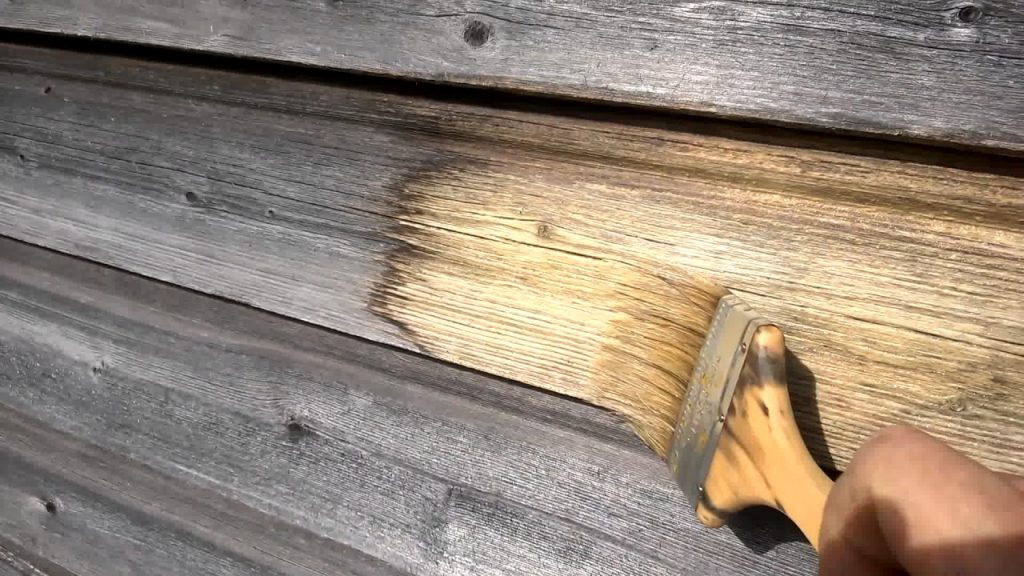Wooden structures that have been outdoors for a long time lose their former attractiveness over time. The wood burns and takes on a dark tint, which seriously spoils the appearance of the building. Why does this happen and how to deal with this phenomenon?

Why does the color of the wooden surface change?
There are two main reasons.
The first reason for the discoloration of the wooden surface is the effect of sunlight and dust particles. It is because of the influence of these factors wood acquires an ugly earthy hue.
The main reason for the discoloration of wood is considered to be the Ceratocystis fungus, the development of which provokes the appearance of pigmentation on the wooden surface. If the storage conditions of lumber are violated, it is very conducive to the emergence and development of microorganisms.
Blue, black, green, and white stains are not rotten. These are fungi that feed on the cells of the tree and leave behind pigmented spots. Such damage must be removed, and it must be done immediately, before the fungal spores get inside the wood.
To restore the original color of the lumber, one of several methods can be used.

The main methods are:
Mechanical
It means sanding the surface in order to remove the top blackened layer and biopoisoning. The method is rather labor-intensive and requires the use of special tools, in addition, sanding leads to the thinning of wood.
Staining
It does not remove bio lesions, but only masks them. Before you start painting, you will still need to remove the surface defects, and after a couple of years the surface will need to be painted again.
Bleach with compositions containing chlorine.
Such preparations are good at coping with biopollution, but their use requires careful compliance with technology. But most importantly: chlorine has a negative effect on wood and tends to destroy its fibers.
Bleaching with acid compounds
As a rule, such preparations contain oxalic acid, which has not the best effect on the structure of wood. In addition, acidic cleaners are much worse than chlorine-containing preparations.
Using bio cleaners
This is the best solution, because bio-cleaners do not contain any substances that can have a negative impact on wood. They are made on the basis of active oxygen and contain nanosilver particles that prevent re-infestation.
